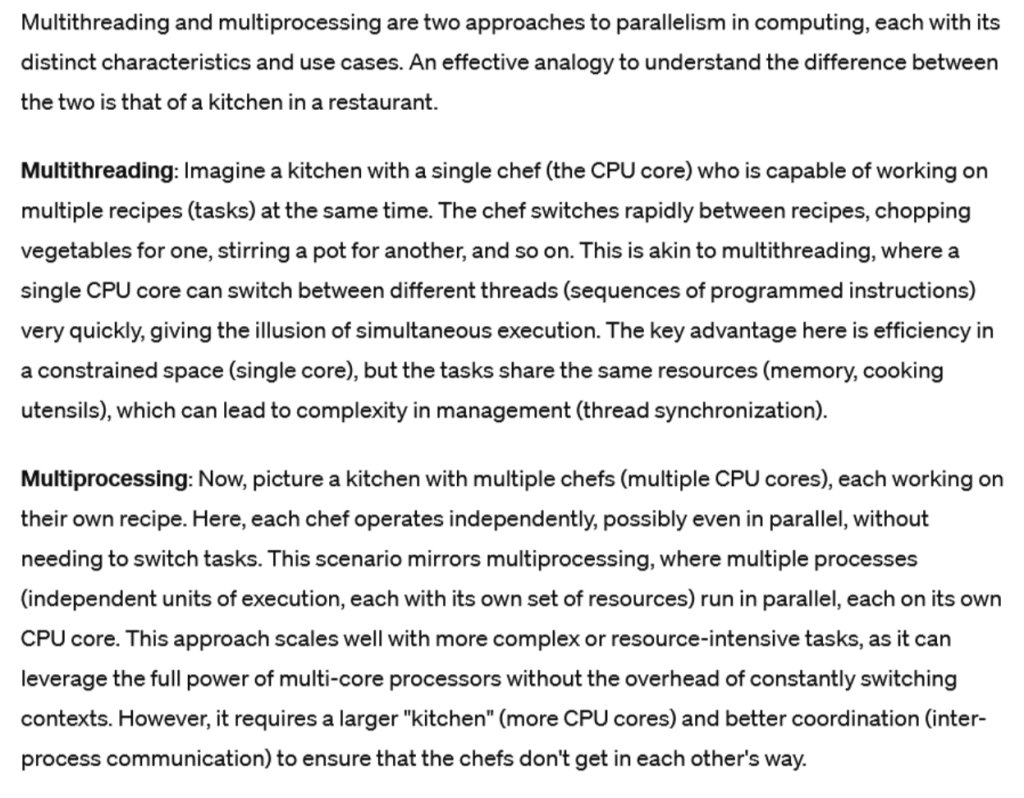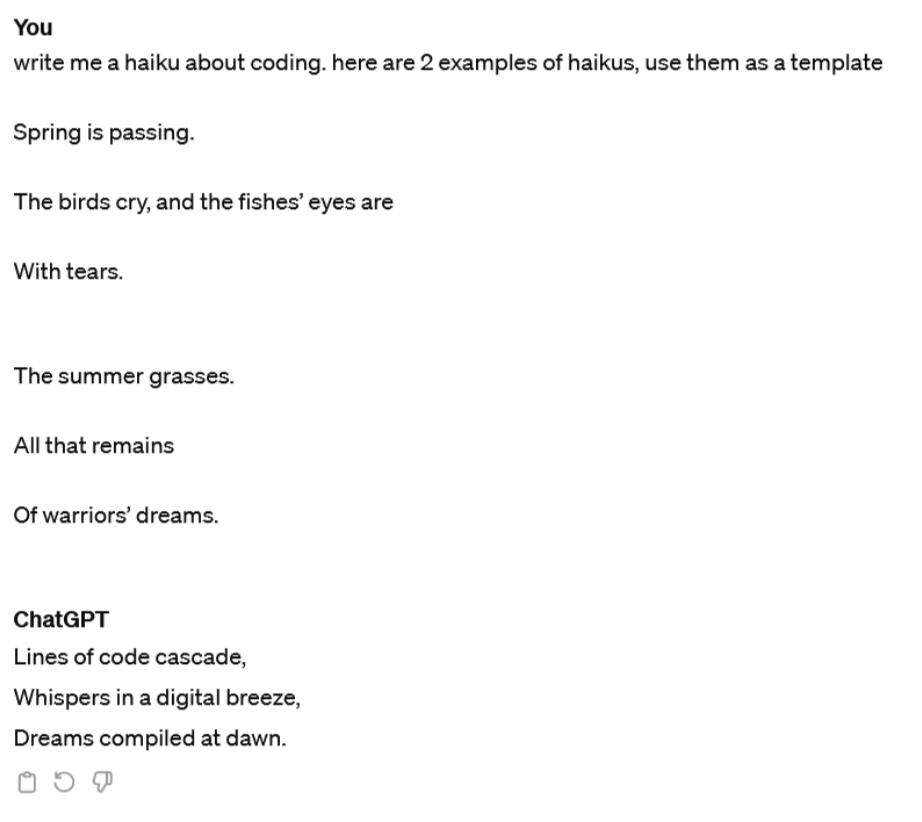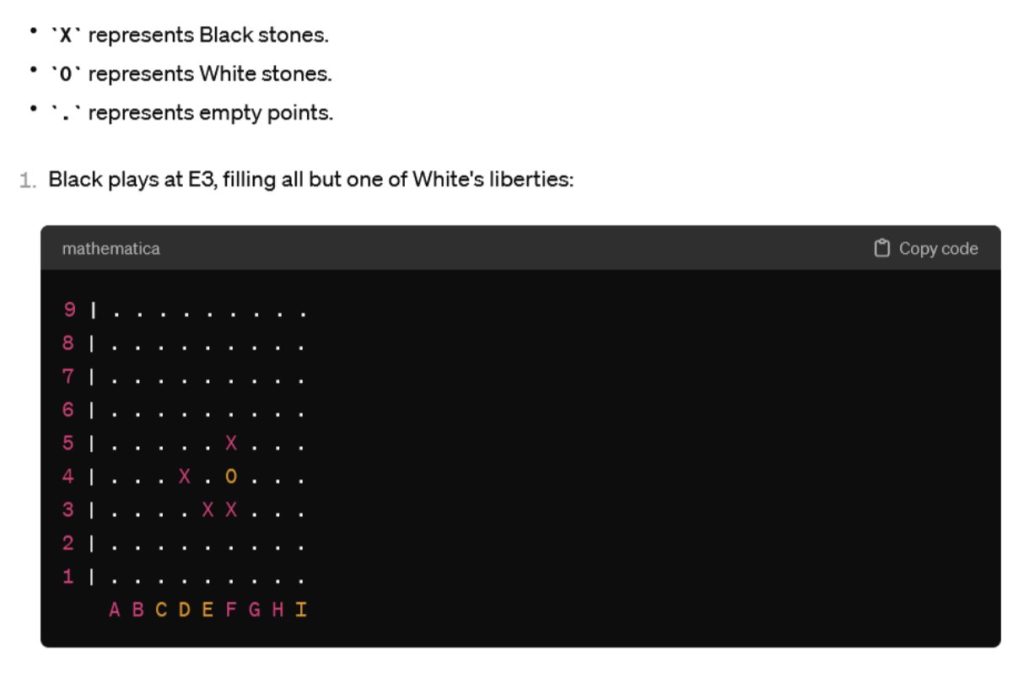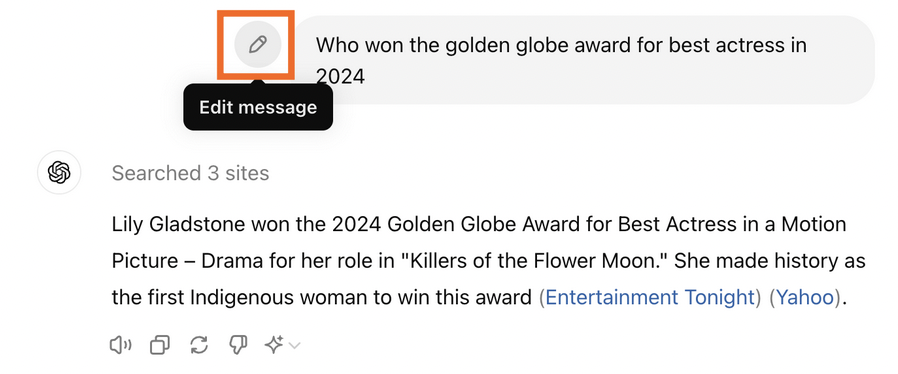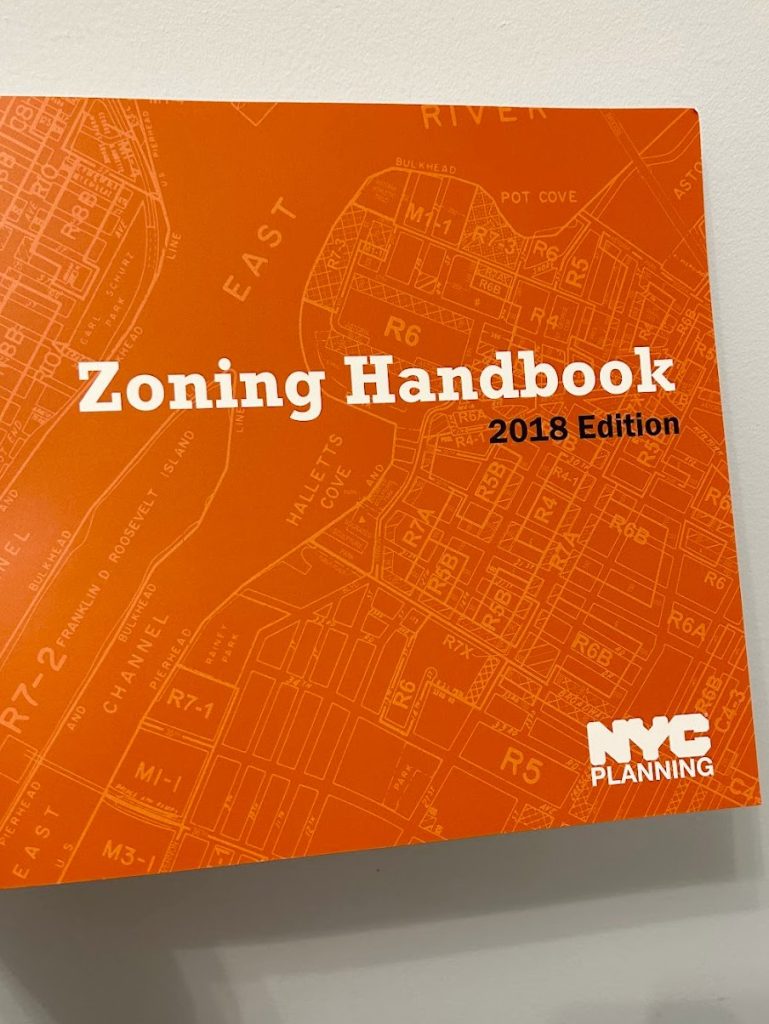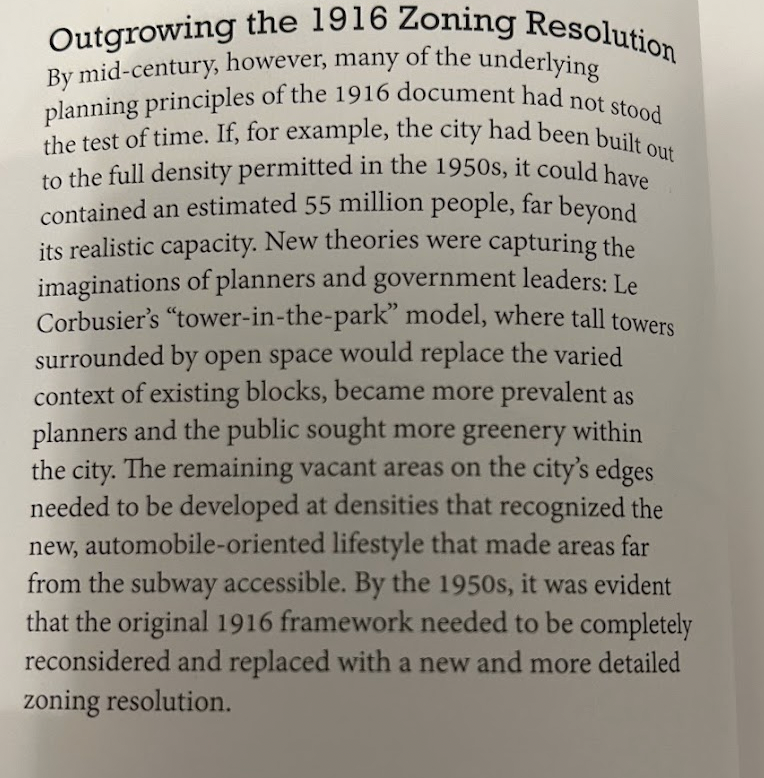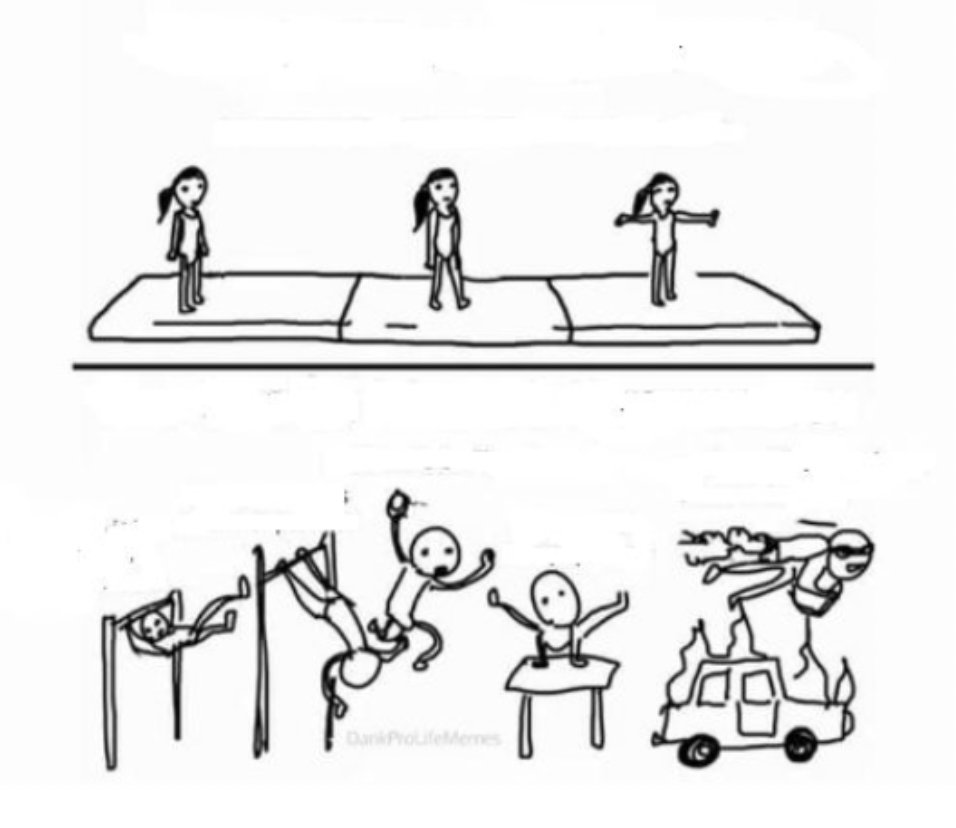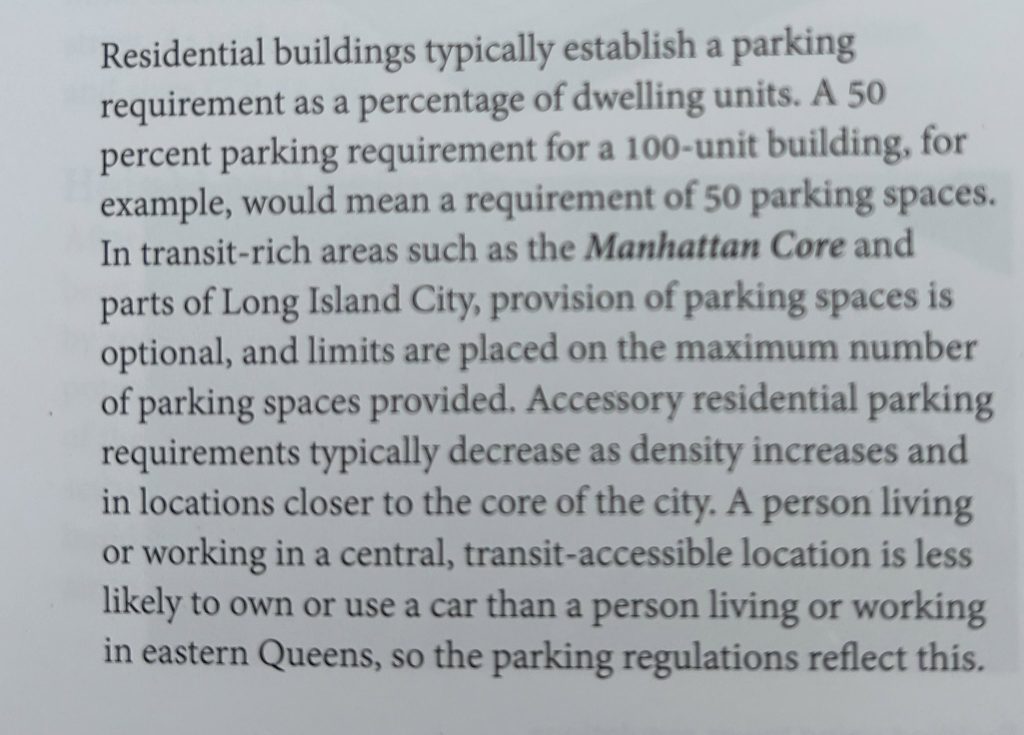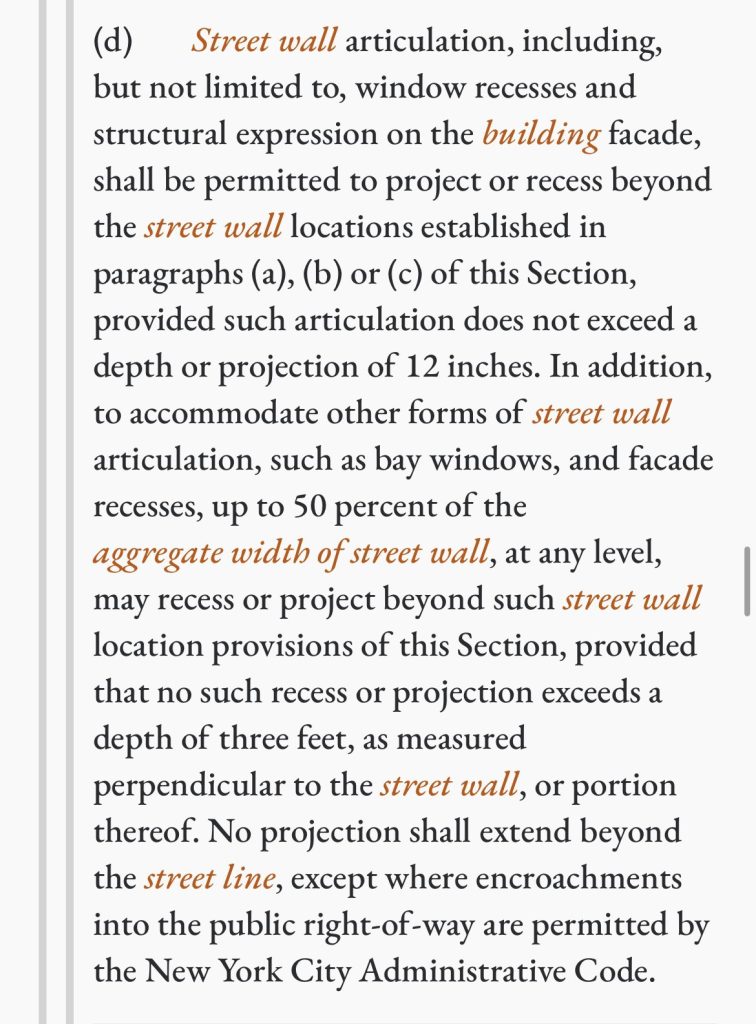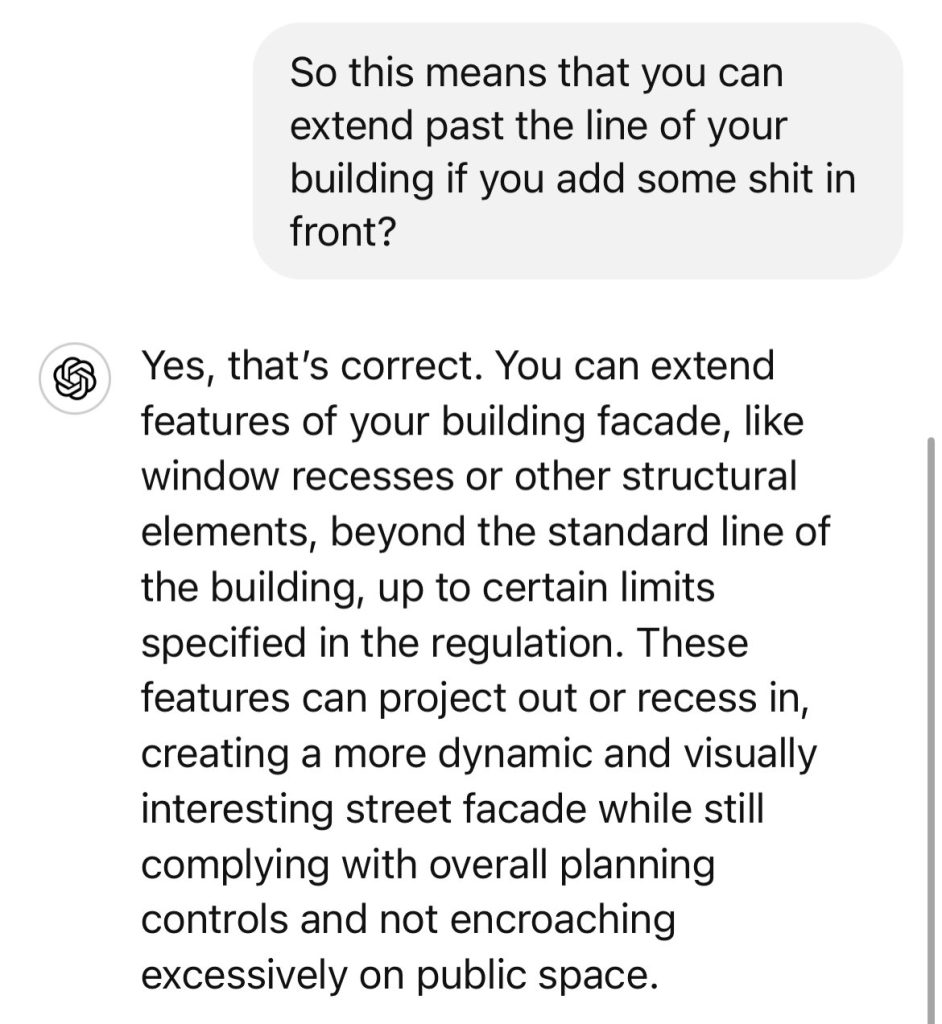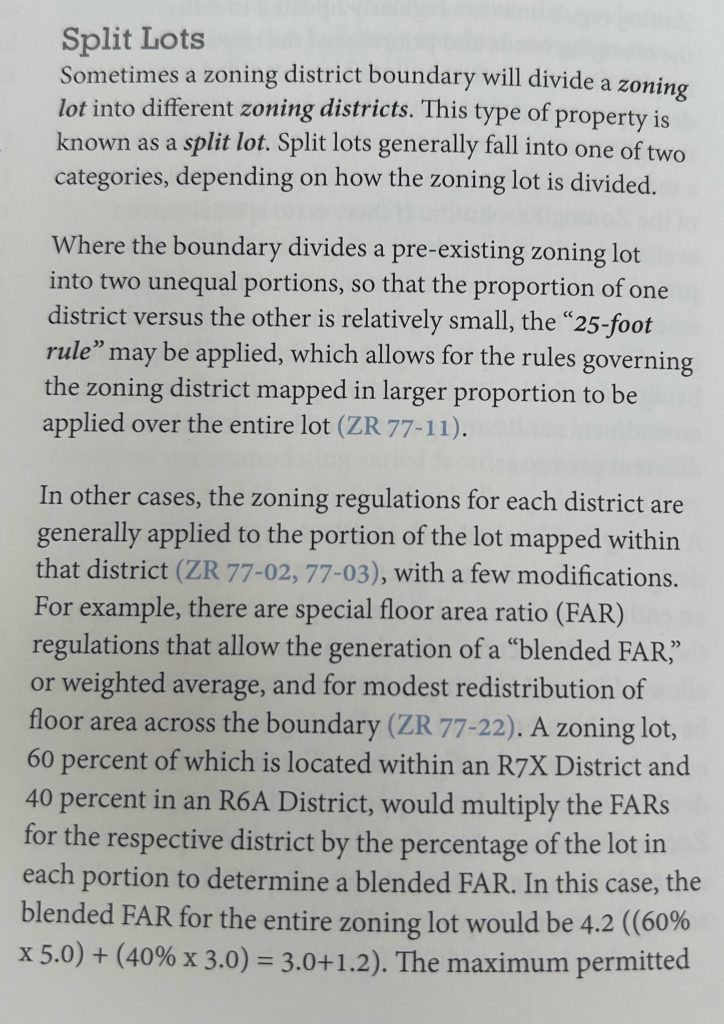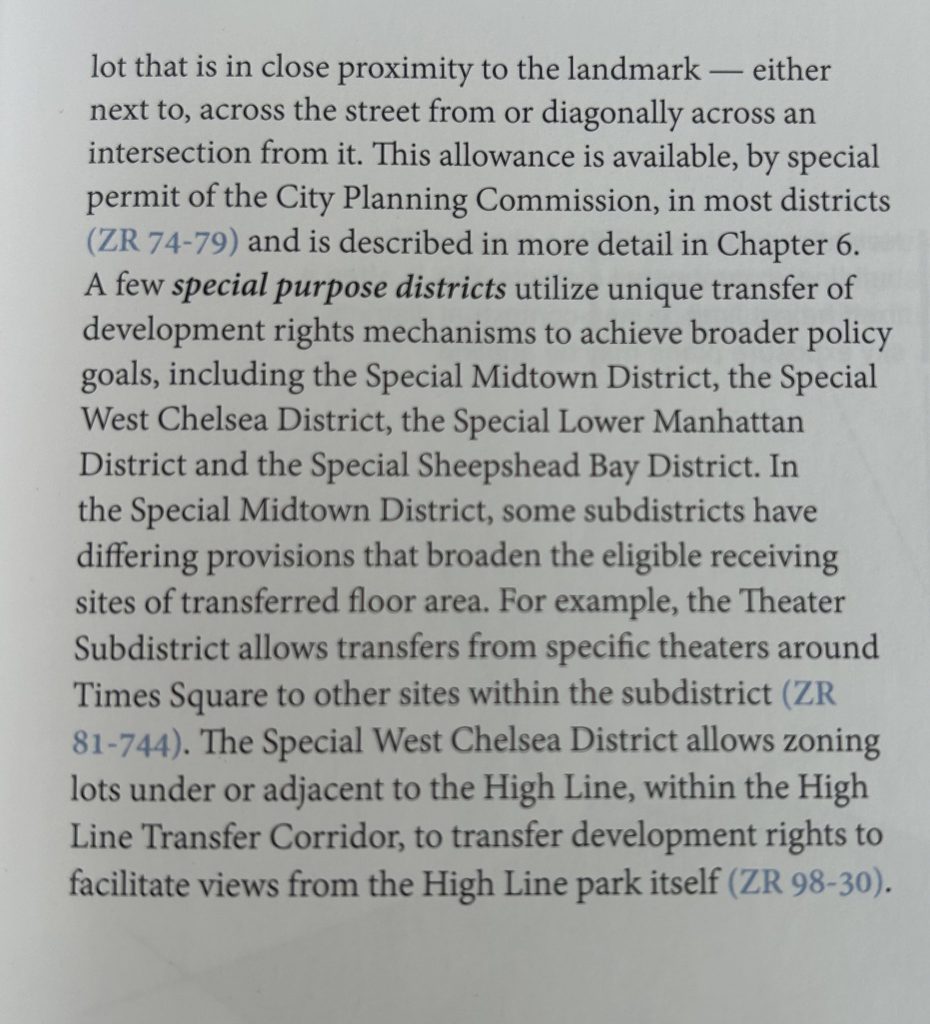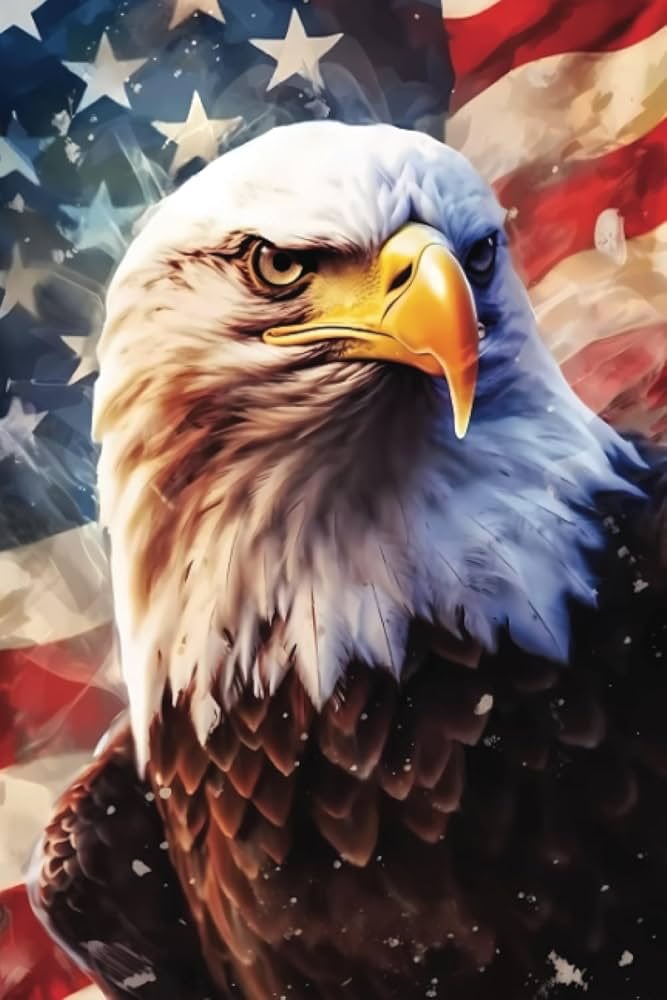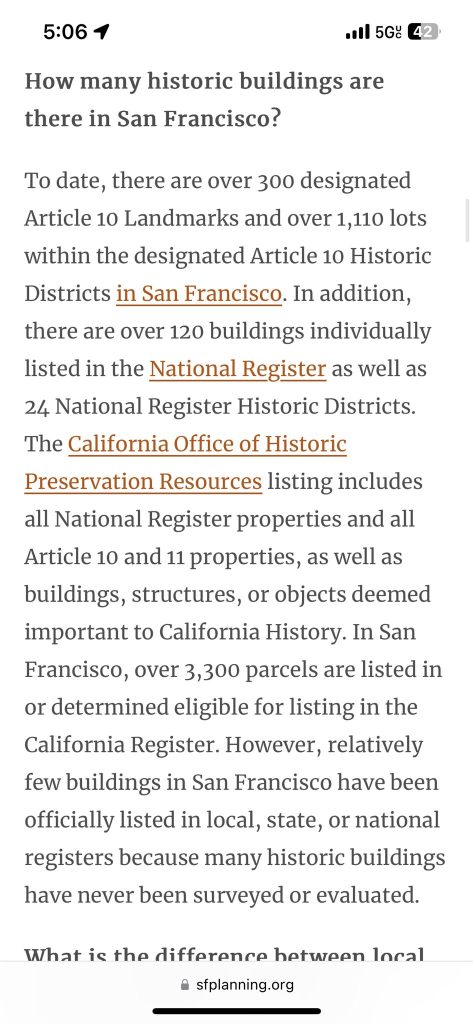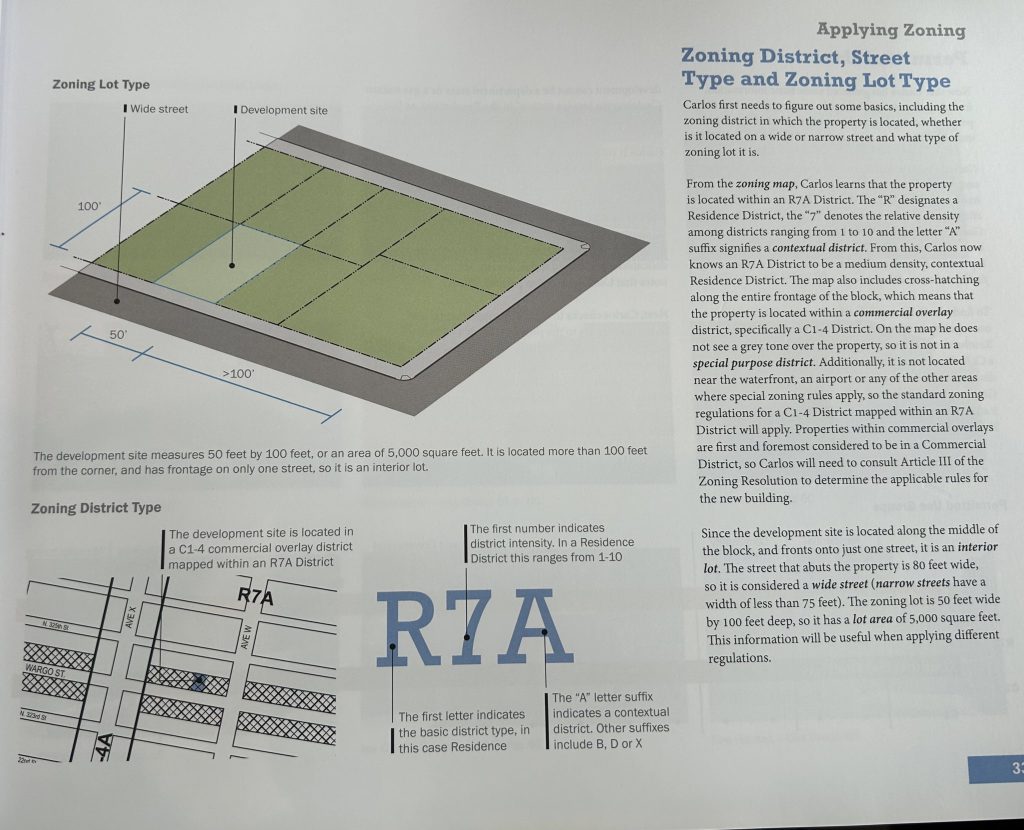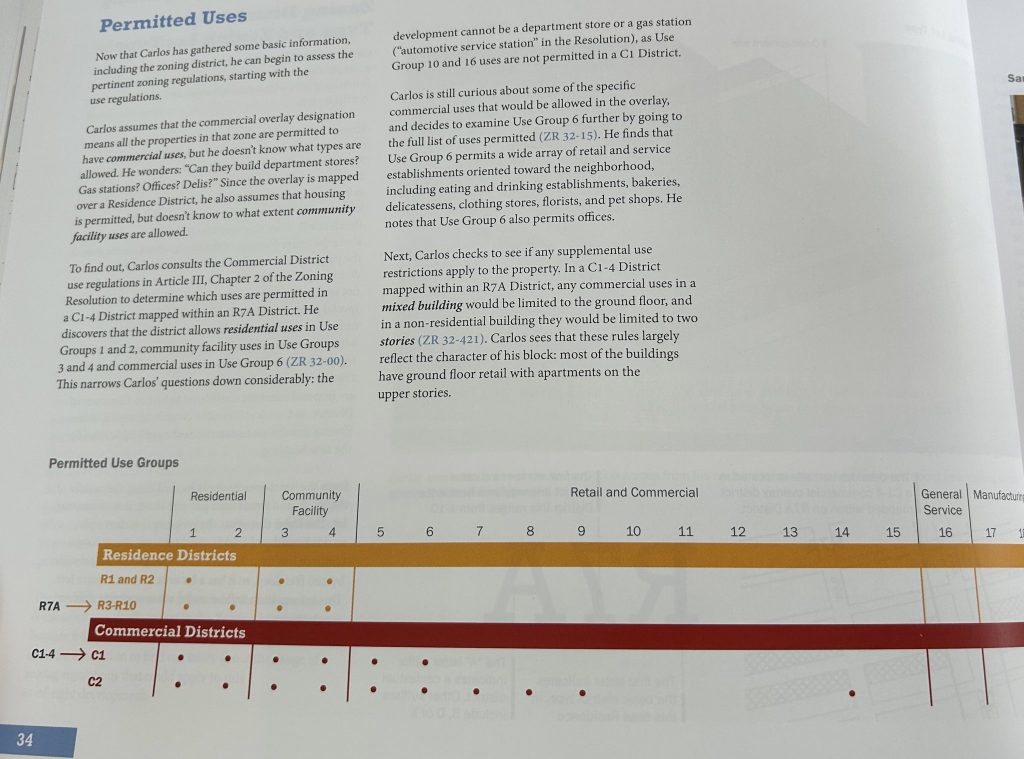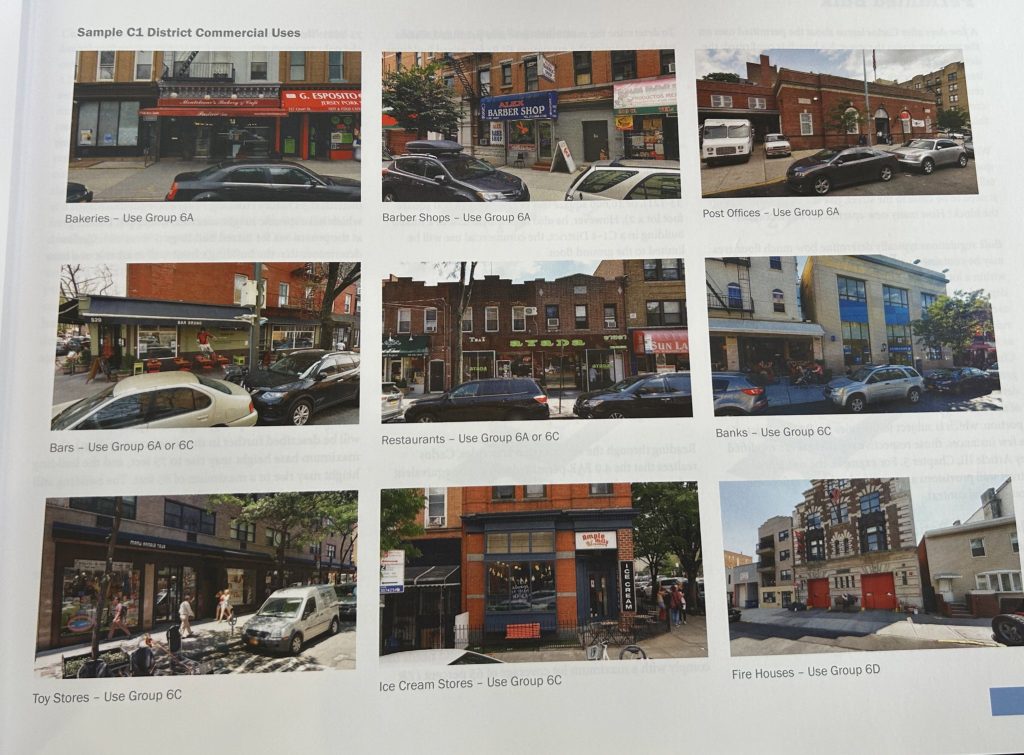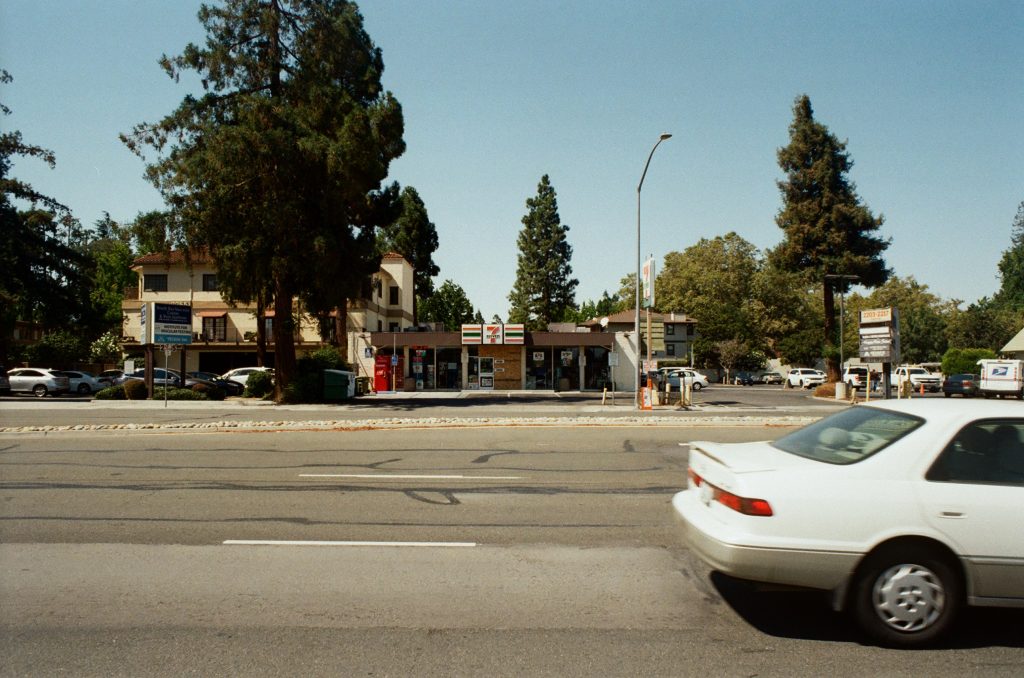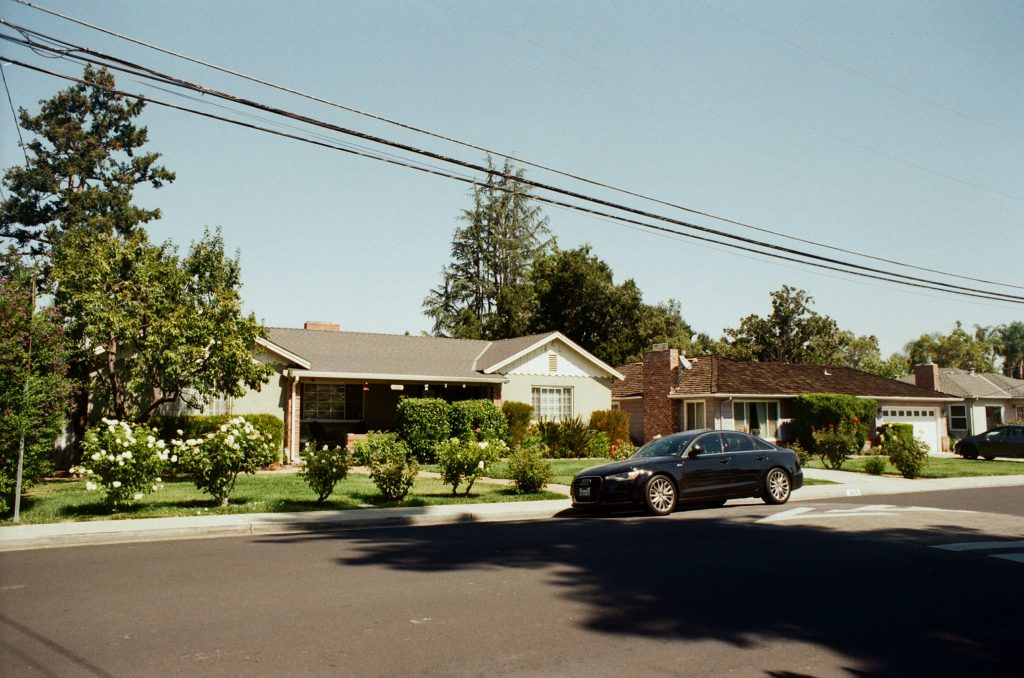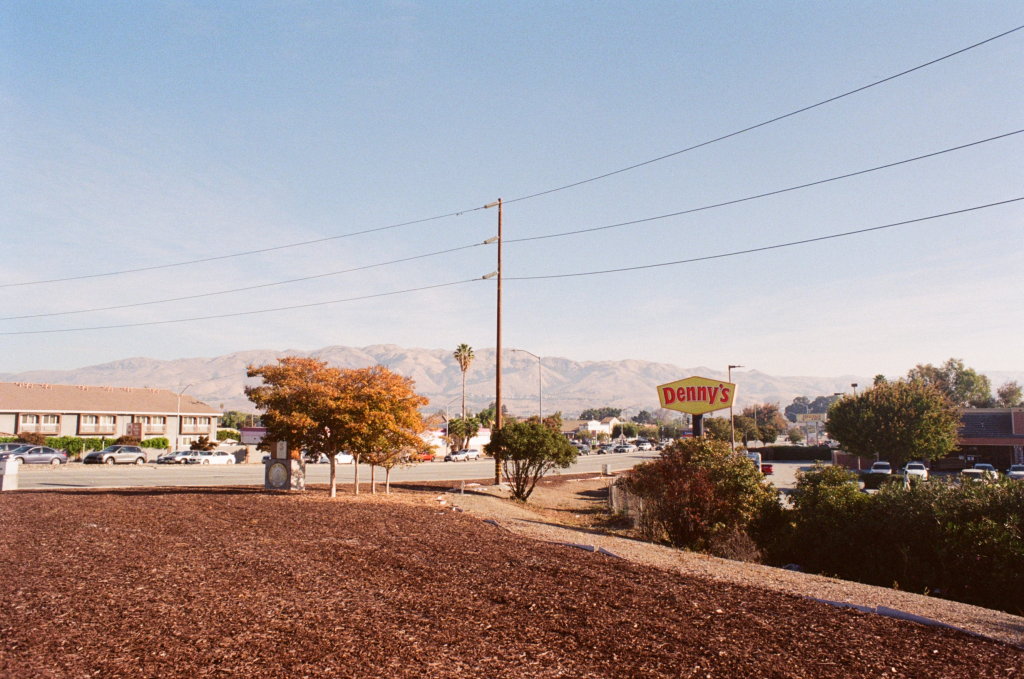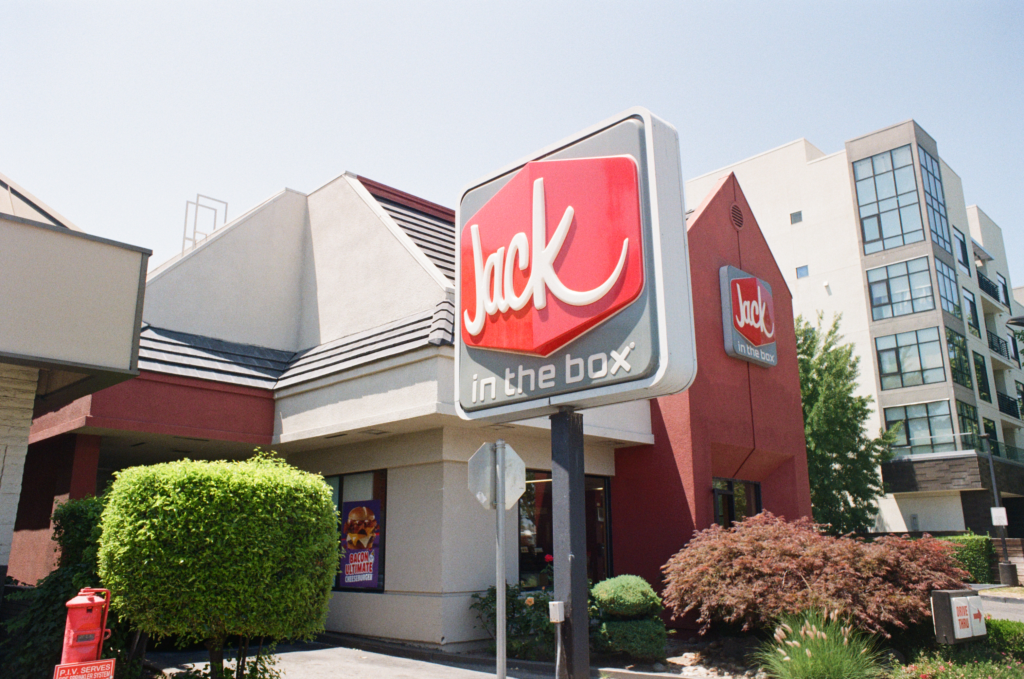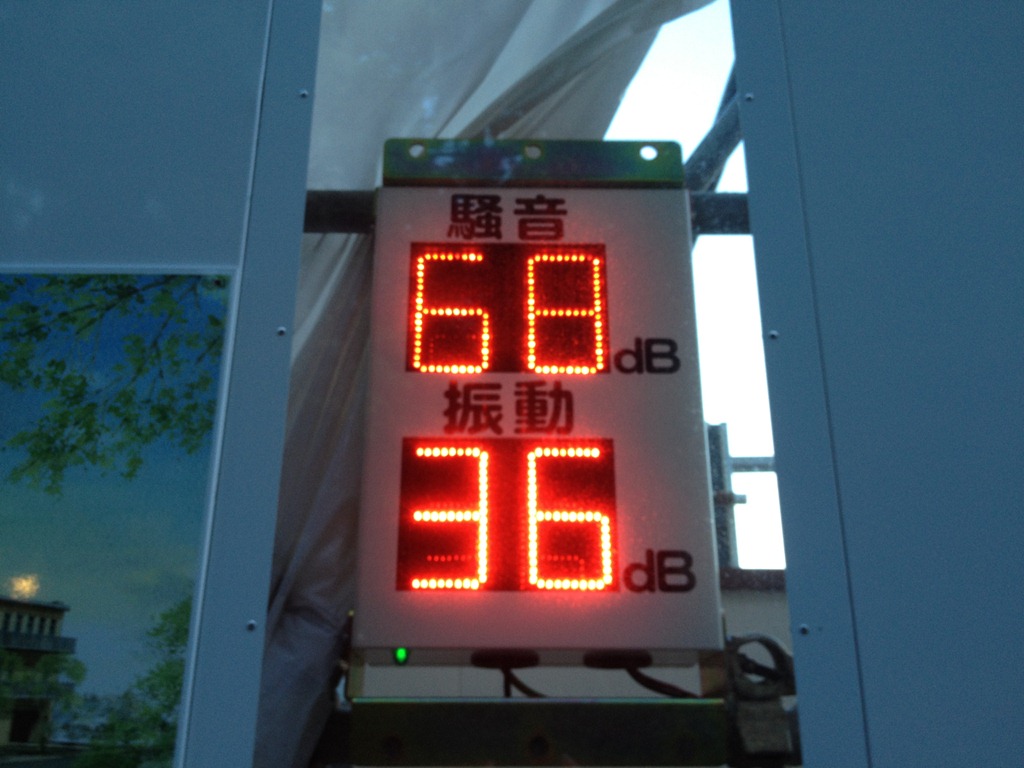The Black Company by Glen Cook
I had read this book maybe 6, 7 years ago, so this was a reread. The book was better than I remember – a great subversion of the fantasy genre. The book is about a mercenary company contracted by evil people to help achieve their evil goals which keeps it fresh. While the characters and setting were good enough, I think the plot was what kept me reading.
The writing style was not my favorite but serviceable. It’s nothing fancy, with a bit of unreliable narrator thrown in.
War crimes exist in this universe – the change in tone makes it significantly different to other fantasy novels.
The “just a guy caught up in important events” was another really awesome technique, although it’s a bit quieter. The mercenary company just isn’t that important (until it is) and it has a long and illustrious history it’s not really living up to. The protagonist isn’t even that much of an important member in the Black Company. Just that structure gives it an edge over works in the genre.
Other than that the world is recognizable, the actual story is pretty straightforward, and the characters aren’t very special. I think, though, that this works to the book’s benefit. It struck out into the Vietnam War novel structure with a classic fantasy novel and I think that’s enough innovation to warrant a read. Great book 8/10.
Sixteen Ways to Defend a Walled City by K. J. Parker
This was a weird one. While I enjoyed it, I’d absolutely forgive someone for giving it a very low review. I think that it was extremely targeted towards my enjoyment of competence porn and that’s why I liked it. Other than that, there’s just not much to look for here. The protagonist is a little… off putting and there’s a racial subplot that’s written a little meh. The setting is a literal copy of Roman and Medieval history, down to copying the Golden Horn Chain. It was also written to feel a bit cartoonish?
I did, however, get exactly what I came for. The plot revolves around the protagonist taking charge of the undefended capital city of an (extremely Roman seeming) empire against a barbarian horde. There’s a hell of a lot of preparation and planning to be done to defend the city and that’s what I came to read. The book covers bureaucratic proceedings, coinage devaluation, preparing city defenses and many more competence porny things. It definitely hit right for me, but I’d hesitate to recommend it unless you enjoyed stuff like Dogs of War by Frederick Forsyth or Dragon’s Banker by Scott Warren. 7/10, hit the spot.
The Secret World of Weather by Tristan Gooley
Fantastic book! I love Tristan Gooley’s books – How To Read Water was incredible, but it wasn’t very relevant to my life. He writes great books about developing a practical understanding of nature, not just a scientific one. Too often books about nature just give you the science without the application of the science.
As an example – you may understand clouds forming from convection, where warmer air, being less dense, rises in the atmosphere. This rising air cools and its moisture condenses into water droplets or ice crystals, forming clouds. Knowing this though you wouldn’t necessarily get that cumulus clouds form over hot spots like parking lots and don’t form over cool spots like lakes – providing you with a reflected map of land you can’t see.
I enjoyed this book a lot, but I think this was very targeted to my interests. If you’re curious about understanding the natural world and applying that knowledge to your daily life I can recommend it. The writing style is crisp and engaging, the pacing is good, and there are enough images to get the point. Gooley doesn’t shy away from science – it’s just that it serves the practical knowledge that other books lack.
I’ve been reasonably successful in implementing some of the weather reading into my life. I can now discern how long rain can last, as well as what weather is coming next. I’m halfway through creating a quick reference guide to weather reading inspired by this book for myself and when I’m done I’ll insert a link here.
The value that this book provides over the Weather Channel is related to local forecasting. Gooley has a great chapter explaining that while meteorology is a solved problem for wider areas, there’s tons of alpha in understanding your local area’s weather – which may be very different than what the forecast says. I think this is where the value lies for me (other than scrying clouds being damn fun). I learned that the warmest place to sit in the woods during winter is on the south slope of a mountain under an evergreen tree. I learned that you shouldn’t camp in even a slight dip in the ground if you want to keep warm. These sorts of local tips are super useful and interesting to me. 9/10 highly recommended. I took off a point because I felt like it could have been cut down just the tiniest bit.
Musashi by Yoshikawa
Not sure what to think of this book. I’m about a third of the way through. I think this may be the case of the right book at the wrong time – I would have really enjoyed this in my college years.
As it stands though, I could tell it was serialized – which is not good. It has the same issue of unnecessary length. It feels like reading a long manga (which may be why it adapted so well, although I’ve never read Vagabond). There are some great moments but man it’s just packed to the brim with filler. I’m still sort of chugging along with it. I read maybe a few pages every other week, but I can’t imagine finishing it.
The story itself is a fun romp. I don’t know how to describe it other than as a proto-shonen. It’s workmanlike in prose. The plot and characters felt carpenter-constructed. If I wanted a long adventure story I would be more open to it, but there’s too much story per character development. 6/10.
Coding Career Handbook by Swyx
I read this because I was hoping to find some unknown unknowns about software engineering as a career. It did not deliver on that, but it did give a good roadmap for potential pathways in building a career in software.
It was easy to read – like an extension of Swyx’s blog. I think the book is best explained as a paywalled section of Swyx’s blog – which may be valuable depending on how much you like his articles. I found it valuable as a mindset shift into doing more open source / build in public type stuff. 7/10
Entering the Mind of the Tracker by Tamarack Song
I wish I knew what was going on in this book. I read the first section about tracking two foxes in the woods which was really awesome but there wasn’t much practical information on how you would recreate that tracking yourself. I feel like I missed something here and I’m not getting it. No rating ?/10.
The Atrocity Archives by Stross
I read a few chapters and it didn’t engage me. It felt pretty predictable but I didn’t read very far in. No rating since I don’t think I read enough ?/10.
Cooking At Home by David Chang, Priya Krishna
Great cookbook! This was exactly what I’ve been looking for – maximizing the flavor / effort ratio. This won’t wow you with amazing dishes or incredible technique. It is, however, very good at introducing menus which are tasty and work really well as weeknight meals. The book is explicitly written to be multi-meal friendly, as in you cook a whole chicken to serve as two different meals. Note – I haven’t cooked anything from it yet but I will soon.
I think the real takeaway for me is the mindset shift in mastering the techniques of low effort cookery. I dig the idea of cooking a protein sorta plain and then repurposing it over a few days into dishes. Or of microwaving shallots in some oil to make them crisp. This is the stuff I need for Thursday night dinners after work. The thought process presented is more valuable than the actual recipes for me. 8/10
The Artist’s Way
Wrong place, wrong time for me. I needed this book about 3 years ago. Fortunately I think I’ve made big progress in removing creative blocks in my life and I found this book to be retreading familiar territory for me.
I have, however, found incredible value in morning pages (the idea of which comes from this book). I recommend trying it for a week. An explanation from Tim Ferris. Another from Austin Kleon.
In my experience it’s been part to do list, part solo therapy, part insight generator. I dismissed the claims of it generating creativity before I tried it but I’m happy to say I’m wrong. By writing your stream of thought you can finally free your working memory up and begin to abstract on the rumination. Rather than think the same thoughts repeatedly, putting them down on paper externalized them so I could grasp them better – put them into context so I could exit the thought loop and productively continue.
If you feel stuck and blocked in your creative work I think Artist’s Way could be a great book. Otherwise I think morning pages are all you really need. 5/10 for my particular purposes but I could see it being much higher if my situation were different.
Selfish Reasons to Have More Kids
Why don’t you try a Straussian reading of this? 9/10, very thought provoking.
Goodbye Eastern Europe
Fantastic, fantastic book. It’s a vibecation through Eastern Europe’s milieu. I don’t dare call it a history book since it flits around, but it laser focuses on informative nuances of Eastern Europe. Through vignettes and anecdotes it builds an image of the region and its people better than any traditional text could. It goes without saying that it’s not comprehensive.
More books could take this format for a pop survey text. Going deep on a few different aspects to paint a picture is useful and fun. Disclaimer – I have a pretty big amount of background knowledge about Eastern Europe and I lived there for a bit. I don’t know how appealing, helpful, or informative this style would be for someone who didn’t know anything but I imagine it’d be engaging and at least better than nothing.
I think I’d recommend this to the casual reader with the warning that this is an airport book that’s a definite cut above average. Fun, informative, but don’t treat it like a textbook. 8/10.
Wizard of Earthsea
This was actually another reread – I read it last in middle school. The story was very familiar, but what was surprising was the parallel between my job as software engineer and magic in the world of Earthsea. Working with computers is pretty much magic but you’re still of the world. It’s just a job but man sometimes it feels like you can bend reality just a bit. The parts where the protagonist is learning and trying out magic do feel a bit like being a programmer.
Other than that, it was a very enjoyable read for me. It feels good to read – I really enjoy the writing style.
The story is a very human focused fantasy plot that has a simplicity which belies the depth of thinking behind it. It brings with it some morals – but I mean that in a good way. What’s really cool is that I could read this in middle school and read this now and both times get a lot out of it.
10/10
Nixonland
The crux of my reading experience was that the content and structure were 10/10 but the writing style on the paragraph and sentence level was a 3/10 for me. This was what brought the book down in my opinion. It just did not work for me. I’ve included some sample text below for an idea. It just felt like the author was trying to be too literary and do too much “show don’t tell” which made it hard to read for me.
Sample from the text:
The contenders dutifully stood hands raised together as the balloons dropped: Muskie, Chisholm, Scoop Jackson, Humphrey, who was flashing peace signs. But the 250 McGovern floor managers weren’t able to whip up the traditional resolution to make the nomination unanimous—something even Barry Goldwater had been able to manage. Too much water under the bridge for that. One hippie’s sign during the celebratory demonstration read simply mcgovern sucks! Another, a black man’s, said don’t vote ’72!
George McGovern was learning what a mess of pottage a presidential nomination could be when your defining trait was supposed to be your purity.
He would now learn how difficult it could be, too, to deliberate on important decisions during a convention in which sensitive debates wasted eleven hours straight.
He received a midnight call of congratulations from Ted Kennedy—still America’s favorite Democrat. McGovern asked him to be his running mate. Kennedy refused, citing “very personal reasons.” McGovern called Ribicoff. Ribicoff turned him down. The campaign had to come up with someone by 4 pm Thursday, the deadline for putting names in nomination. They started assembling a hasty list, which they hadn’t had time to do what with all the credentials fights and platform fights and assuaging meetings.
Other than that though, I highly recommend this book to anyone trying to understand the culture war of 2016 to now. Reading this, if you blur your eyes a little, the text could just as easily be a history of the last decade.
It’s a big book but it’s a super informative tour of the 60’s & 70’s in American history, Richard Nixon as president, and the social movements that ripped America apart during that time.
Key takeaways for me were
- Nixon was much worse than I had thought. Perlstein doesn’t even try to be objective but on the other hand the most damning evidence comes through direct quotes from Nixon himself. If you thought LBJ was bad… I will say though that Nixon had a true once in a lifetime talent at political maneuvering. Watching his machinations was like watching the Bolshoi Ballet.
- The Orthogonian vs Franklin divide in America explains a lot of questions I had regarding American culture and Trumpism. TL;DR low social class versus high in the American style.
- I understood the current milieu with the context of race, safety, progress, and social justice. It explained the motivations of American social movements in a way that made sense to me. Again, Perlstein is not necessarily sympathetic, but he has enough empathy to peer through the worldview of Nixon voters enough for you to understand them. I think that for me this was a good and necessary step in understanding American culture. It even has a bearing on my thinking about urbanism in America. For better or worse the questions of the Fair Housing Act, race riots, and suburban discrimination inform the way cities are today. Great book and so much more than a simple biography of Nixon – it’s a lens through which you can see American society.


